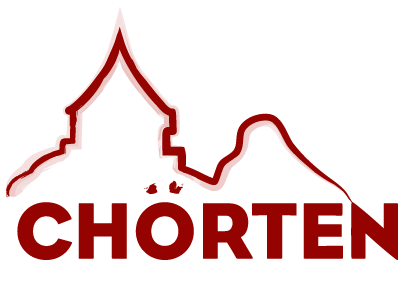
20 set Delhi
State National Capital Region
|
|||
|---|---|---|---|
|
National Capital Territory
|
|||
 Delhi Location in India |
|||
| Area | |||
| – Total | 1 km² | ||
| Altitude | 239 m | ||
| Population (2011) [1] | |||
| – Total | 11 007 835 | ||
| • Density | 7 422,7 inhab./km² | ||
Deli,[2] Delhi[3][4] ou Delhi,[5] known locally as Dilli (in Hindi: ; transl.: Dilli; in panjabi: ?; in urdu: ?? dihl?), is the second largest and most important city in India, second only to Bombay. Located in the north of the country, it encompasses the New Delhi region (in Hindi: Ni Dilli), the capital of the country. With an estimated population in 2011 of just over 11 million inhabitants,[1] the city of Delhi is the second largest city in India, and the eighth largest in the world — but if we consider it its expanded metropolitan complex, known as the National Capital Region (TCN), which encompasses parts of the states of Haryana, Uttarakhand, Utar Pradesh and Rajasthan, the city's population rises to 23,2 million inhabitants (2011),[1] the largest in the country and the second largest in the world, spread over an estimated area of 1 km².[6]
Delhi became the capital of the Mughal Empire in 1638. When the British Empire came to dominate much of India, with Delhi conquered in 1803, Calcutta became the capital. It returned to the administrative capital of the United Kingdom in 1912. In 1947, when India declared itself independent from British rule, New Delhi, a new city built to the south of the old city, re-urbanized on old parts of the city, was declared capital and administrative seat from the Indian government, becoming the seat of the Indian Parliament and other important organs of government of the country. The main languages are Hindi, Urdu, Panjabi and English.
History
Delhi's historical importance stems from its strategic location in northern India. Situated between the Aravalli hills and the river Yamuna, its position made it easy to control the trade routes that ran from the northwest to the plains of the river Ganges.
The first reference to the city appears in the Mahabharata. This text locates its location as that of the mythical city of Indraprastha, capital of the Pandavas. According to the Mahabharata, Delhi would be one of the oldest cities in the world, as its history goes back over 3 years.
The oldest archaeological finds found in the area date back to the period of the Maurian Empire, around 300 BC; since then, the area has been continuously populated. A total of eight relevant cities in history were situated in the Delhi area. The four main ones were located to the south of the present city.
These cities, of which there are still archaeological remains, were:
- Qila Rai Pitora, built by Prithviraj III near the ancient settlement of Lal-Kot.
- Siri, built by Muhammad Khilji in 1303.
- Tughluqabad, built between 1321 and 1325.
- Jahanpanah, built by Muhammad bin Tughluq (1325-1351).
- Kotla Firoz Shah, built by Firuz Shah Tughluq (1351-1388).
- Purana Qila, built by Sher Shah Suri and Dinpanah built by Humaium, both situated close to where the legendary Indraprasha once stood.
- Shahjahanabad, built by Shah Jahan between 1638 and 1649. The city included the Red Fort built when the capital of the Mughal Empire was transferred from Agra to Delhi.
Economy
With an estimated net domestic product in 2007 of 1 182 billion * INR (24,5 billion * US$) in nominal terms and 3 billion INR (US$ 364 billion) in terms of purchasing power parity, Delhi is the largest shopping center in northern India. In 69,8, Delhi had a per capita income of Rs. 2007 ($66.728) at current prices, the third highest in India after Chandigarh and Goa. The tertiary sector contributes 1.450% of Delhi's GDP, while the secondary and primary sectors contribute 70,95% and 25,2%, respectively. Delhi's workforce represents 3,85% of the population, with growth of 32,82% between 52,52 and 1991. Delhi's unemployment rate fell from 2001% in 12,57–1999 to 2000% in 4,63 .
The main service activities include information technology, telecommunications, hotels, banking, media and tourism. Delhi's manufacturing industry has also grown considerably as many consumer goods industries have installed factories and headquarters in and around Delhi.

